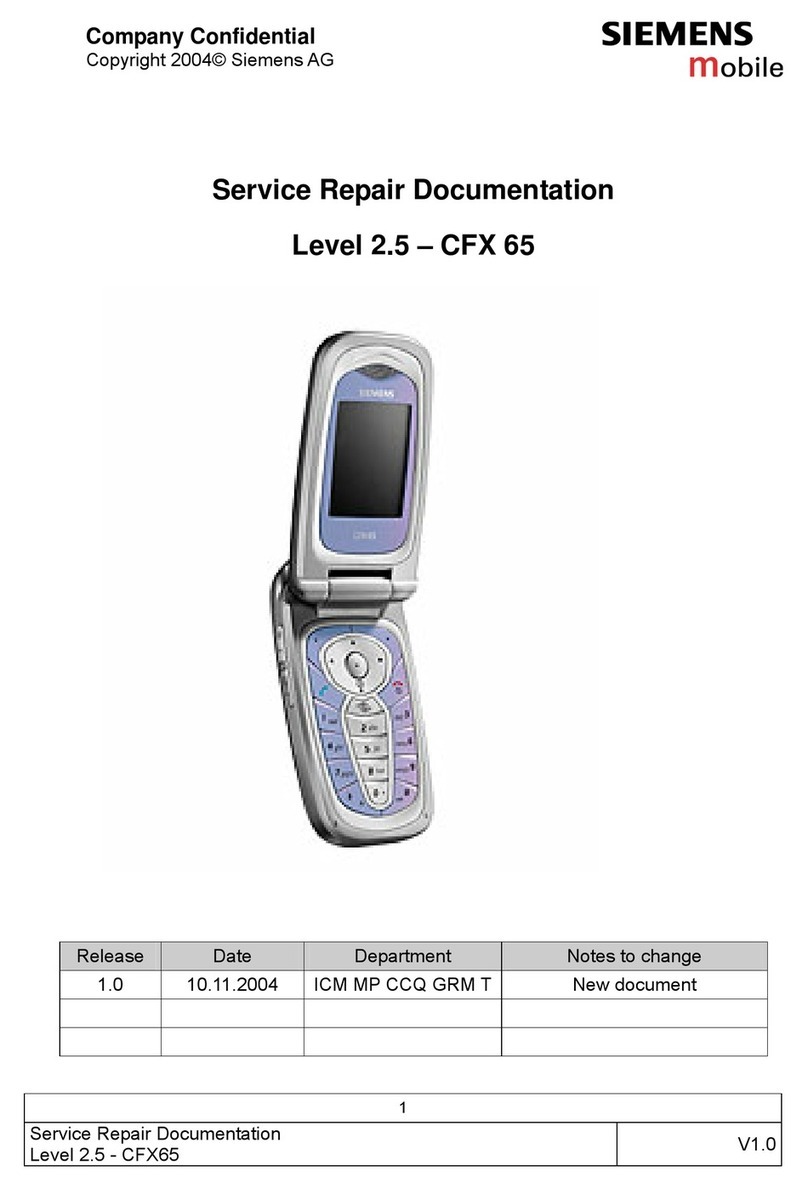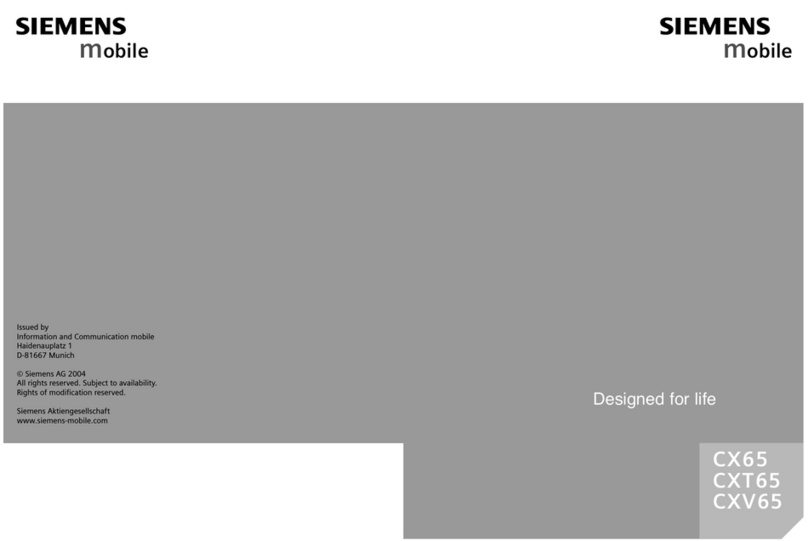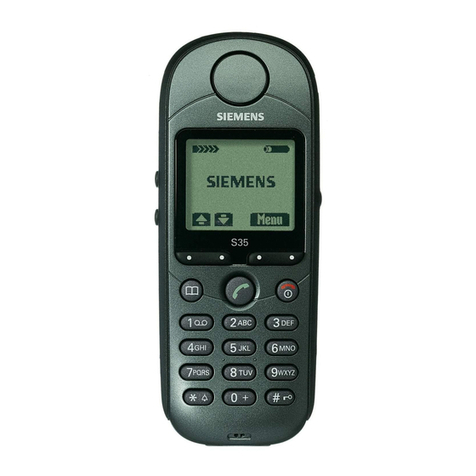Siemens A70 User manual
Other Siemens Cell Phone manuals
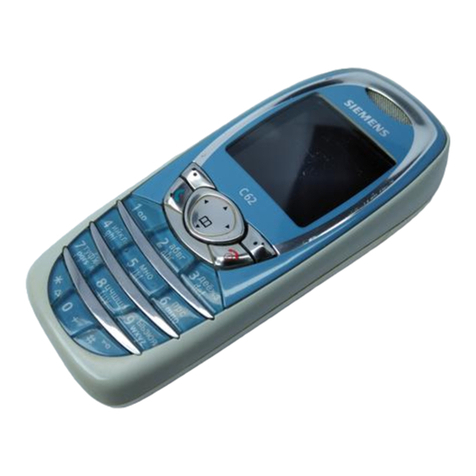
Siemens
Siemens C62 User manual
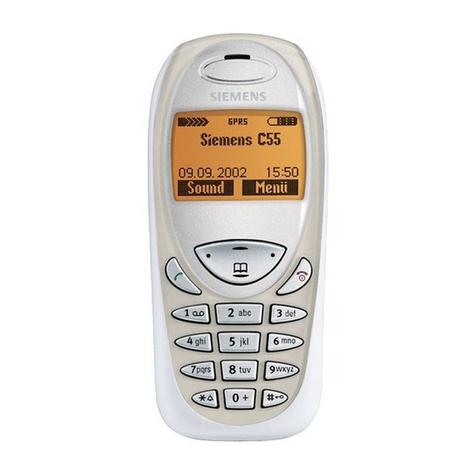
Siemens
Siemens C55 User manual
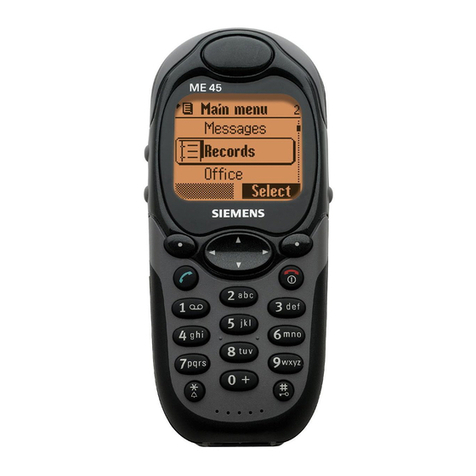
Siemens
Siemens Gigaset S45 User manual
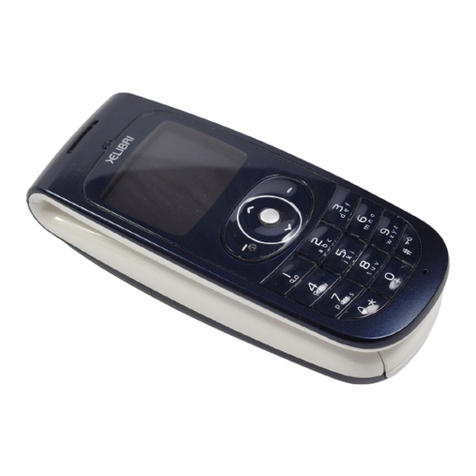
Siemens
Siemens Xelibri User manual
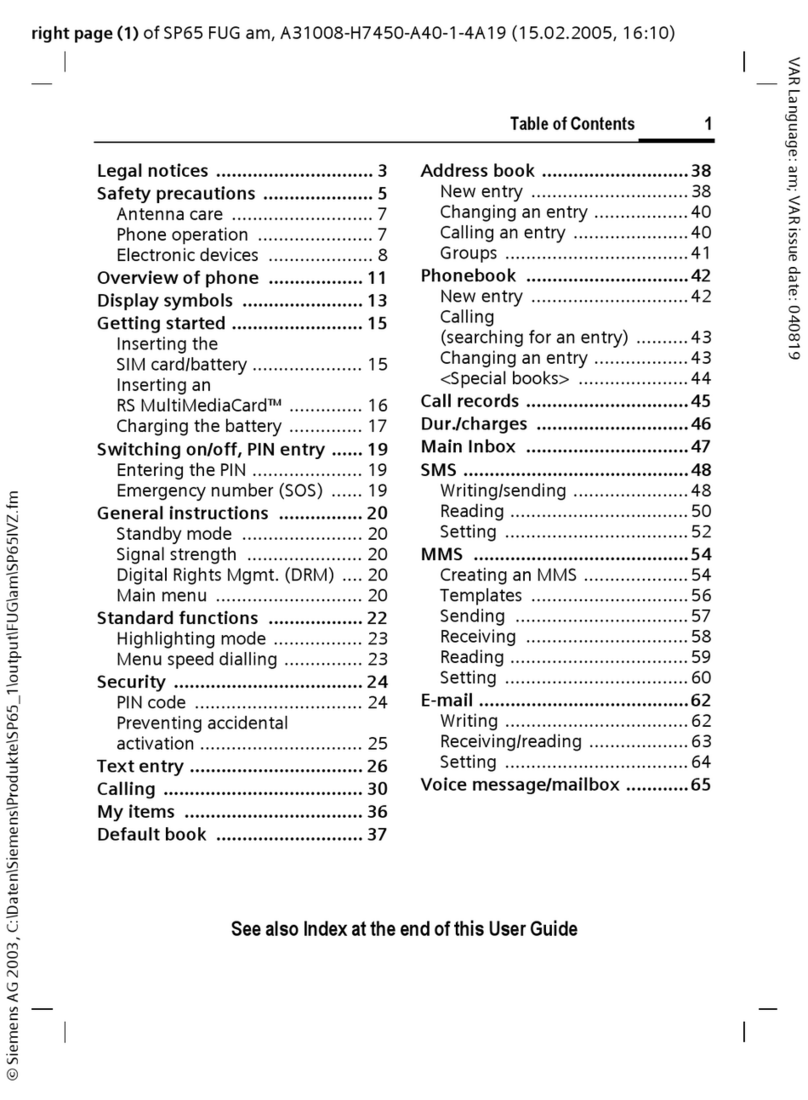
Siemens
Siemens SP65 User manual
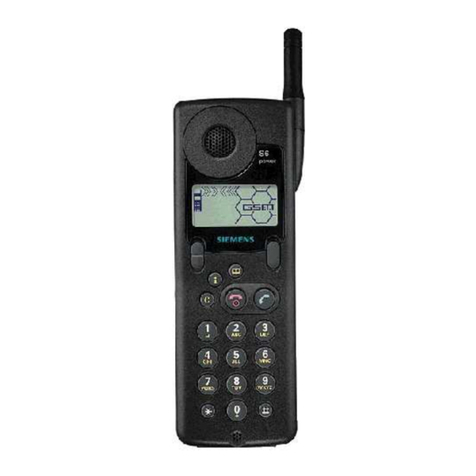
Siemens
Siemens S6 User manual
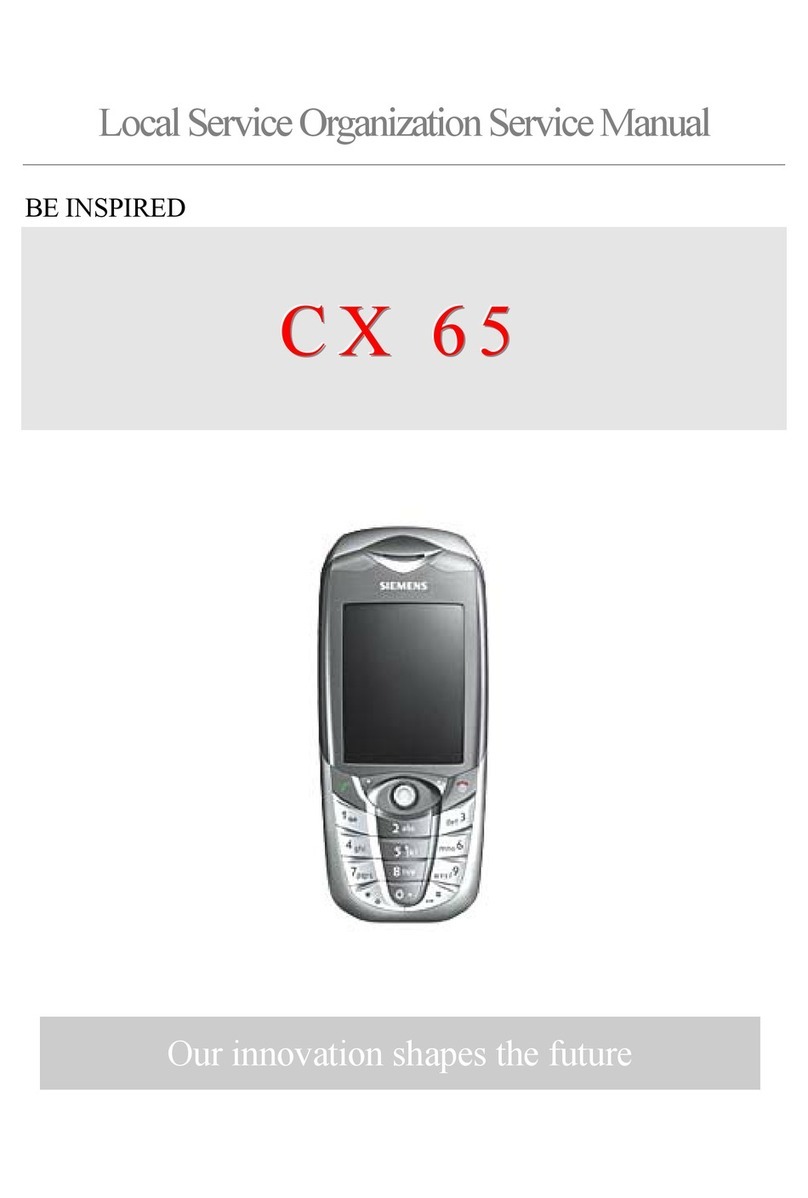
Siemens
Siemens CX65 User manual

Siemens
Siemens Xelibri User manual
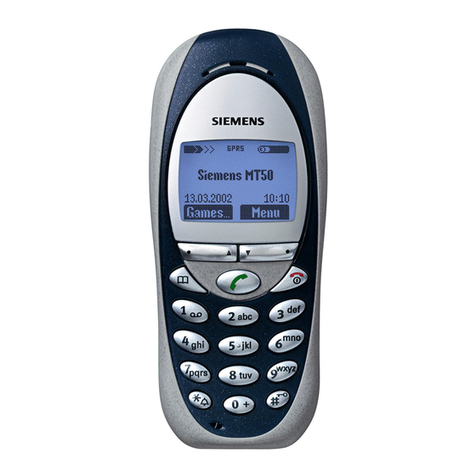
Siemens
Siemens MT50 User manual
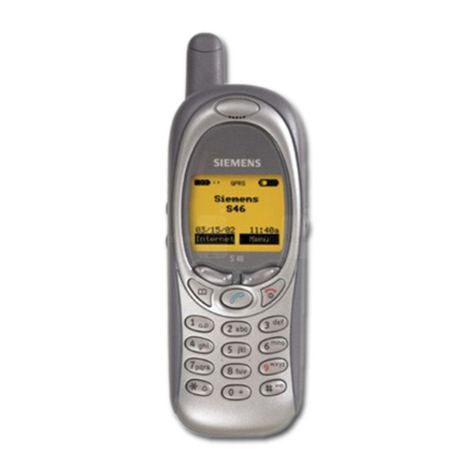
Siemens
Siemens S46 User manual

Siemens
Siemens C55 User manual
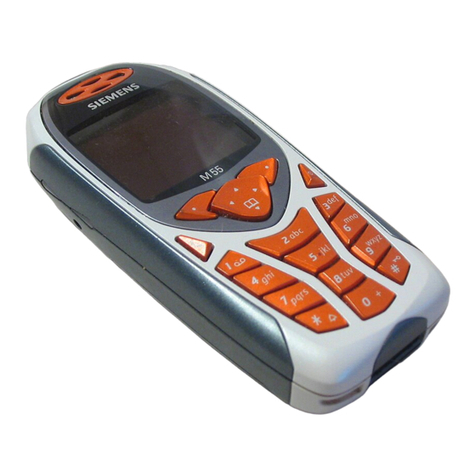
Siemens
Siemens Be inspired M55 Operating instructions
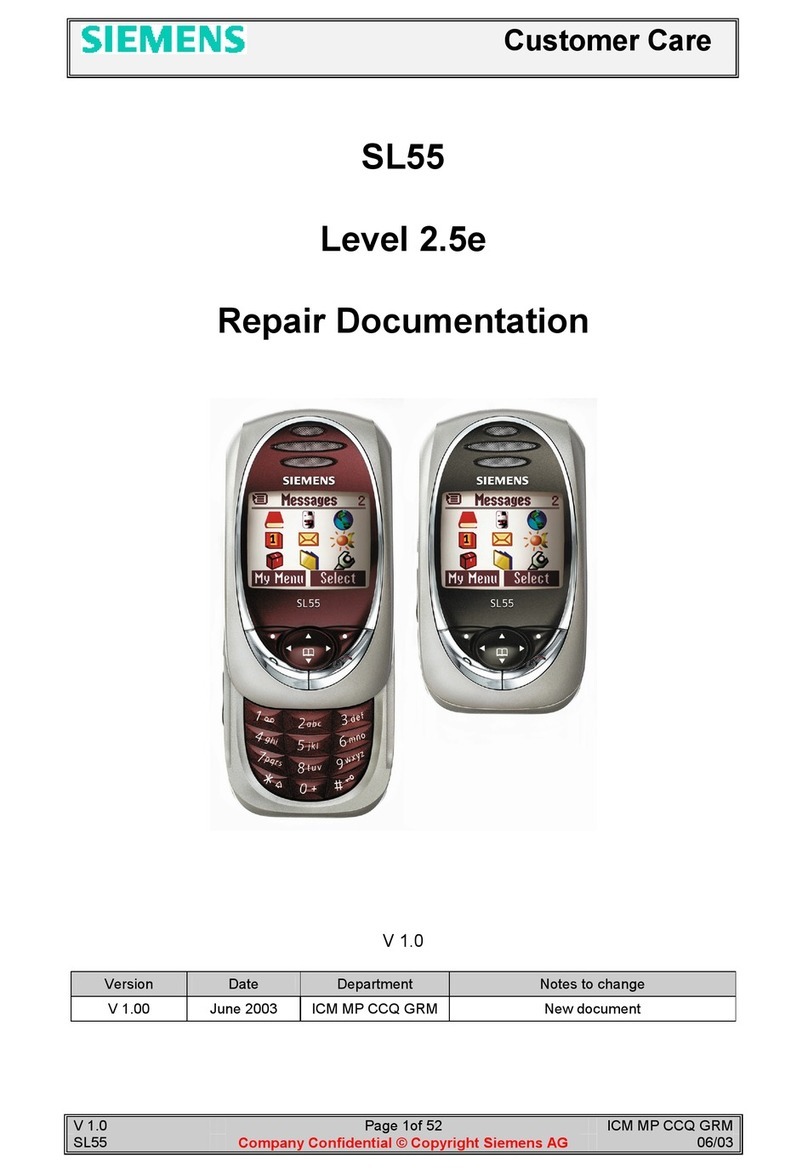
Siemens
Siemens Gigaset SL55 Operator's manual
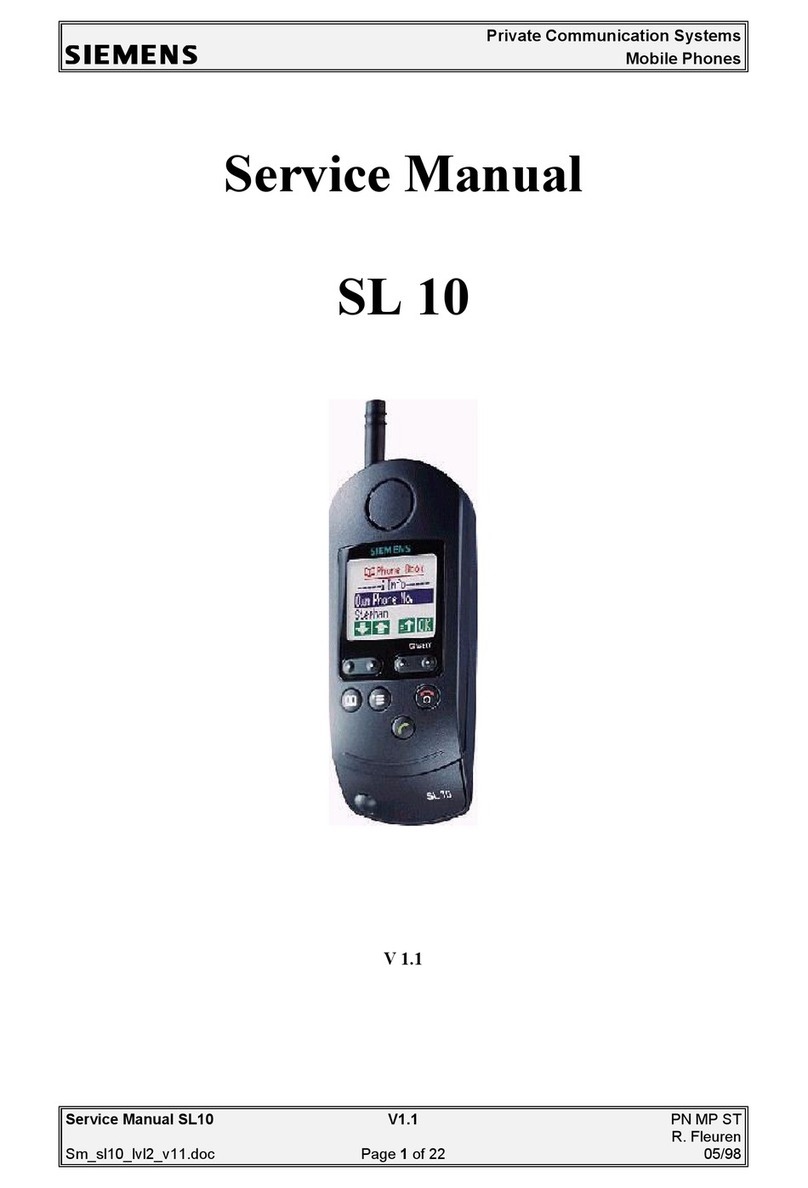
Siemens
Siemens SL10 User manual
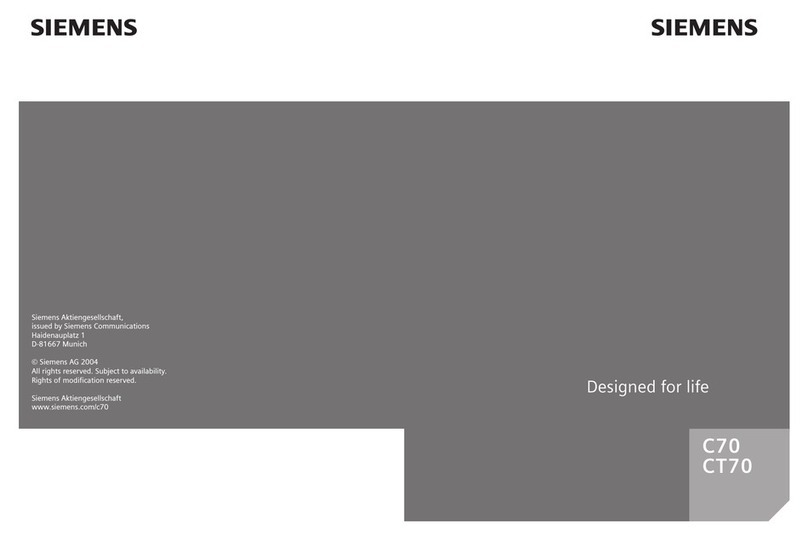
Siemens
Siemens C70 User manual
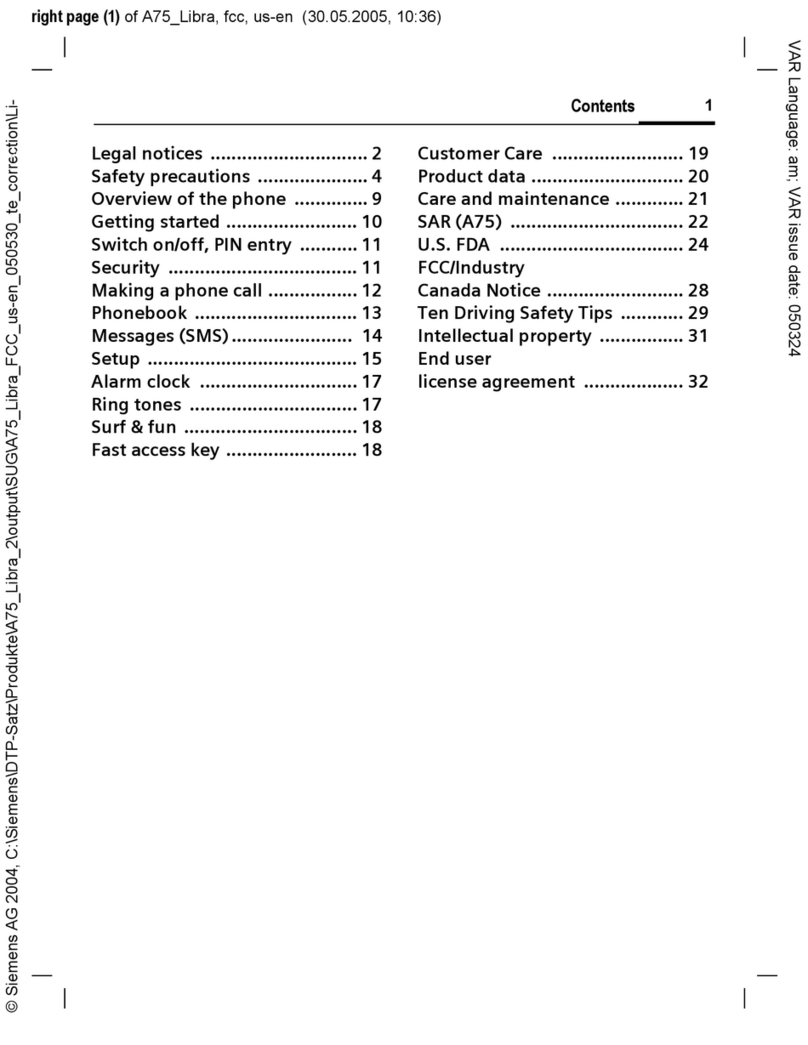
Siemens
Siemens A75 User manual
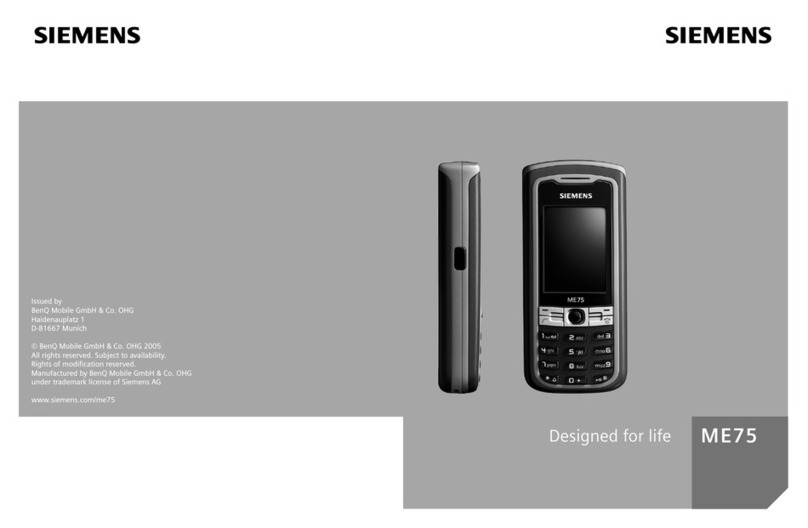
Siemens
Siemens ME75 User manual
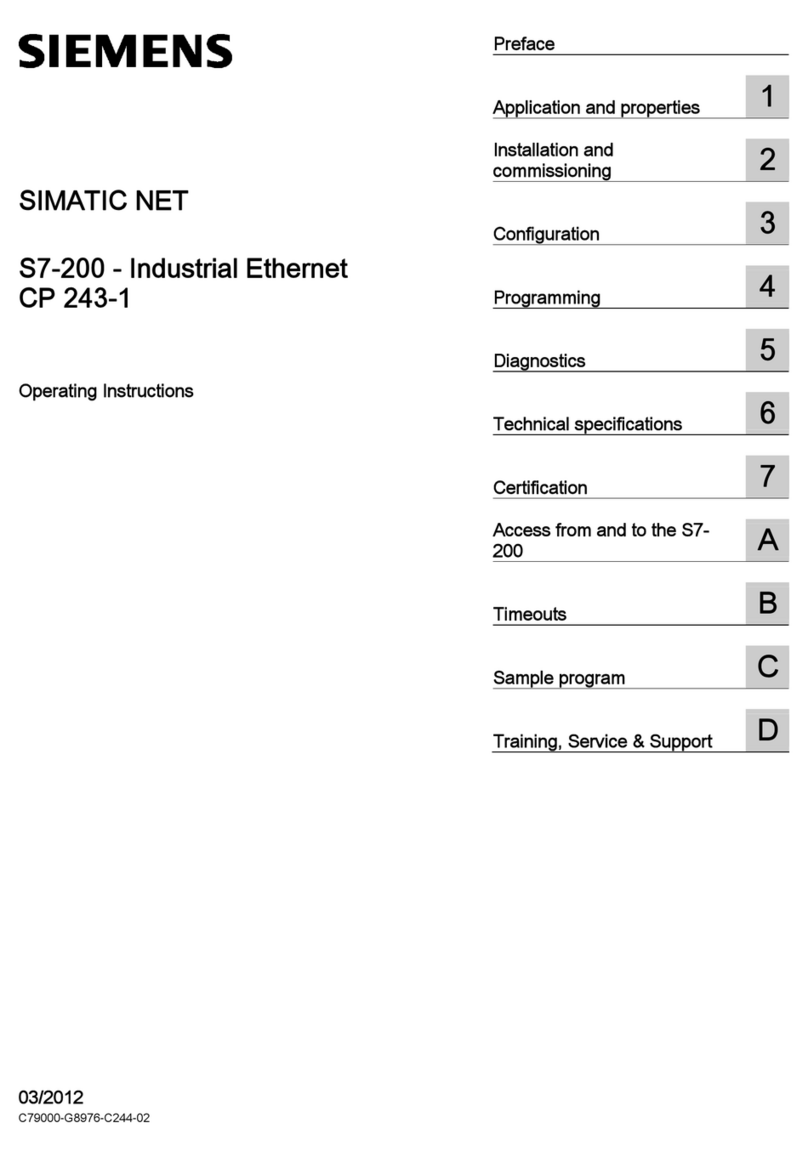
Siemens
Siemens SIMATIC NET CP 243-1 User manual
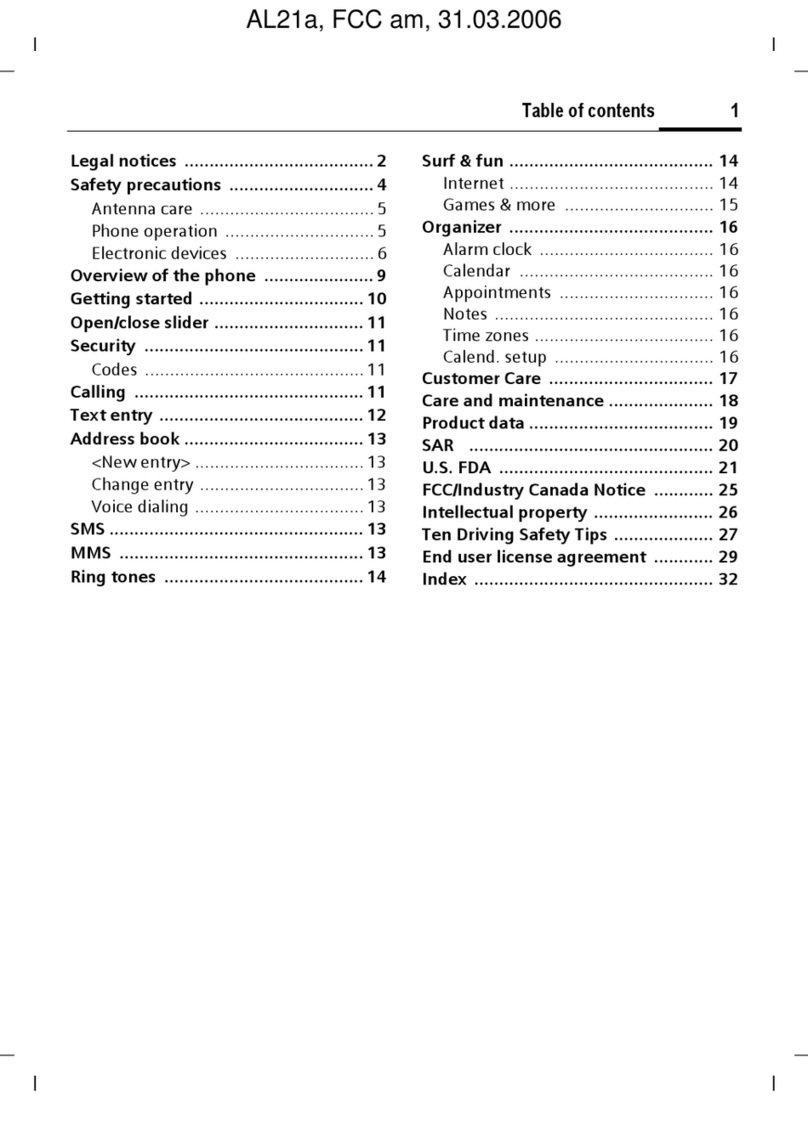
Siemens
Siemens AL21A User manual

Siemens
Siemens SOMATOM Sensation Cardiac Version A60 User manual
